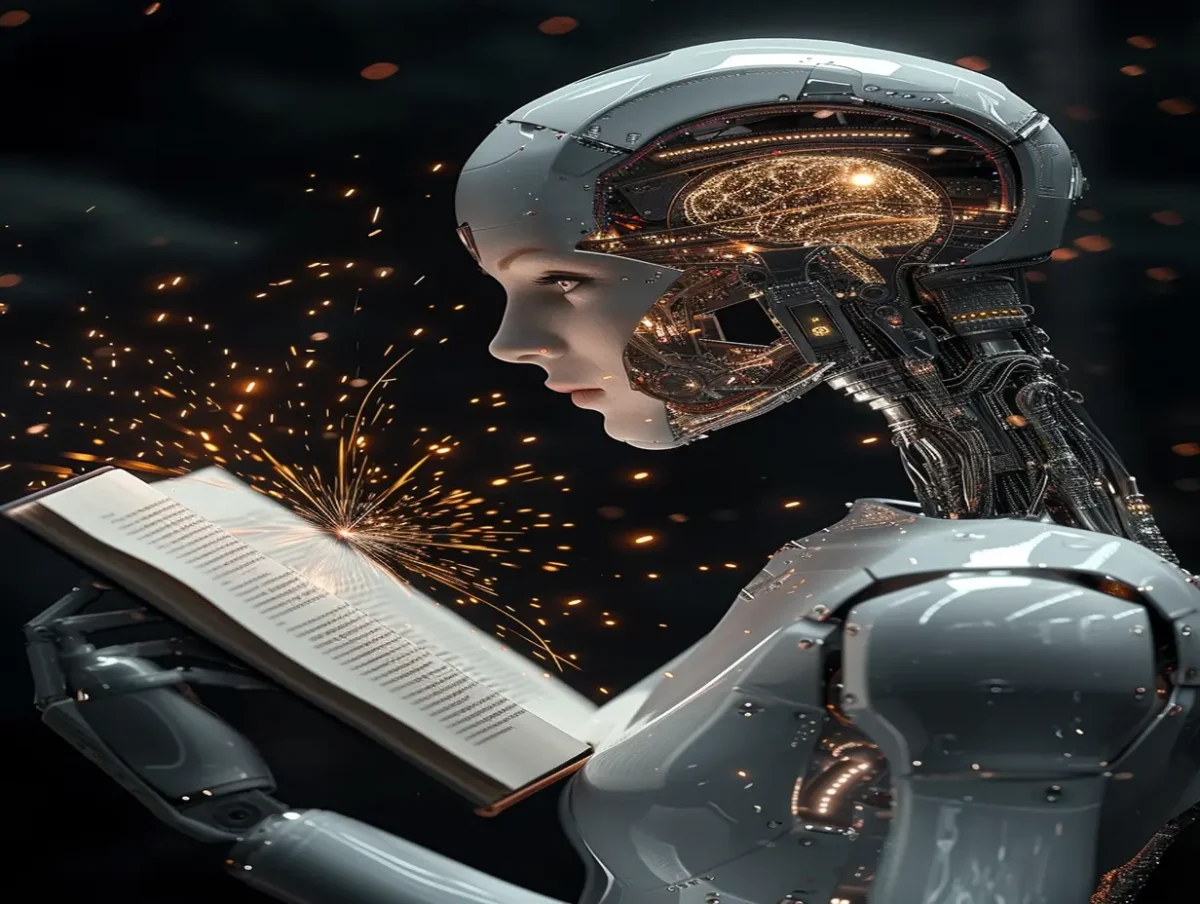The New York Times quietly introduced the world to the Perceptron, a room-sized computer boasting a new type of circuitry with promises of futuristic AI capabilities. Originating from the U.S. Navy, it was hailed as a potential precursor to machines with human-like abilities such as walking, talking, and even consciousness. Developed by Frank Rosenblatt, the Perceptron laid the groundwork for what we now know as artificial intelligence (AI).
The resurgence and setbacks of AI
Over the decades, AI has experienced cycles of optimism and disappointment. Despite initial enthusiasm, lofty claims of achieving human-level intelligence remained unfulfilled. The Mark I Perceptron, while groundbreaking, faltered in delivering on its grandiose promises. The ensuing “AI winters” of disillusionment in the 1970s and 1980s highlighted fundamental challenges, including the inability to handle novel information and contextual nuances.
Evolution and challenges of modern AI
In the wake of setbacks, the 1990s witnessed a transformative shift in AI research. Embracing data-driven approaches to machine learning, researchers tackled the age-old problem of knowledge acquisition. This era also saw the resurgence of neural network-based perceptrons, now digital and exponentially more complex. However, despite advancements, persistent challenges such as understanding idiomatic expressions and contextual inference persist in contemporary AI systems.
Current realities and reflections
Today, as AI experiences another surge of optimism, cautionary reflections on historical patterns are imperative. Proponents tout the capabilities of large language models (LLMs) like ChatGPT, often drawing parallels to human cognition. However, the reality paints a more nuanced picture. While AI has made remarkable strides in tasks like image recognition, it remains prone to errors, particularly in handling abstract language and complex scenarios.
Executives from leading tech companies have set ambitious goals for developing artificial general intelligence (AGI) – machines with human-level capabilities. Yet, the parallels between past and present challenges cannot be overlooked. The persistent gaps in AI’s understanding of language nuances and susceptibility to misinterpretation underscore the need for humility in assessing its current capabilities.
Reflecting on the cyclical nature of AI progress, it becomes evident that history serves as a critical guide. While the landscape of AI has evolved significantly, fundamental challenges endure. As the field marches towards AGI, it is paramount to heed the lessons of the past. Recognizing the limitations of current AI systems and actively addressing their shortcomings will pave the way for more robust and reliable artificial intelligence in the future.





